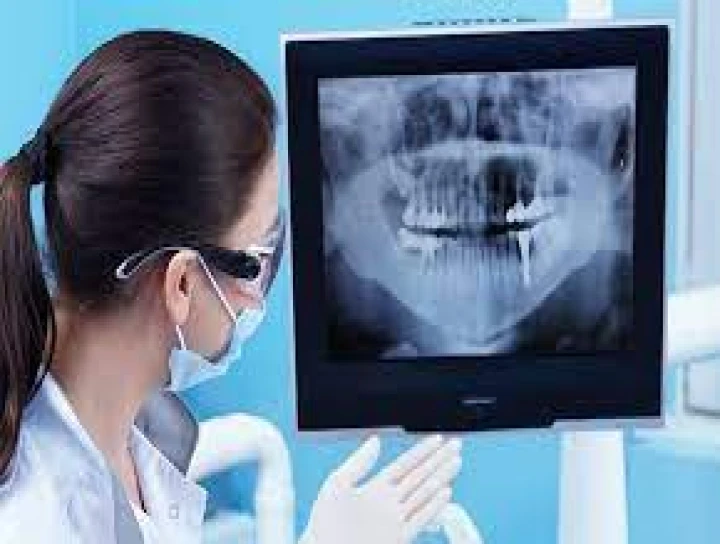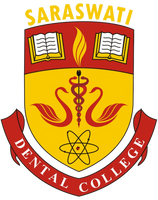
Oral radiology plays a comprehensive role in the continuum of patient care, from initial screening to treatment planning and monitoring in oral medicine and dentistry. Here's how oral radiology contributes to each stage of patient management:
1. **Screening and Diagnosis**: Oral radiology serves as a vital tool for early detection and diagnosis of dental and oral diseases. Routine dental radiographs, including bitewing, periapical, and panoramic images, facilitate the identification of dental caries, periodontal disease, and periapical pathology. Additionally, radiographic examinations may reveal asymptomatic lesions, such as cysts or tumors, prompting further evaluation and timely intervention.
2. **Assessment of Pathology**: In cases of suspected oral pathology, radiographic imaging plays a crucial role in characterizing the extent and nature of the lesion. Advanced imaging modalities such as cone beam computed tomography (CBCT) and magnetic resonance imaging (MRI) provide detailed three-dimensional visualization of the oral and maxillofacial structures, aiding in the assessment of tumor size, location, and relationship to adjacent anatomical landmarks.
3. **Treatment Planning**: Radiographic images guide treatment planning by providing essential anatomical information and facilitating the selection of appropriate therapeutic interventions. For example, dental implant placement requires careful assessment of bone volume, density, and proximity to vital structures, which can be accomplished through CBCT imaging. Similarly, endodontic treatment relies on radiographic assessment of root canal morphology and periapical status to determine the optimal treatment approach.
4. **Surgical Guidance**: Oral radiology assists in surgical planning and execution by providing accurate anatomical localization and visualization of critical structures. In procedures such as tooth extraction, orthognathic surgery, and implant placement, preoperative radiographic assessment helps minimize the risk of intraoperative complications and ensures precise surgical outcomes.
5. **Post-Treatment Evaluation**: Following treatment, radiographic imaging allows for postoperative evaluation and monitoring of treatment outcomes. Radiographs enable clinicians to assess healing, detect potential complications, and ensure the long-term success of therapeutic interventions.
In summary, oral radiology plays a multifaceted role in the comprehensive management of patients in oral medicine and dentistry. From initial screening and diagnosis to treatment planning, surgical guidance, and post-treatment evaluation, radiographic imaging serves as an indispensable tool in enhancing diagnostic accuracy, guiding therapeutic decisions, and optimizing patient outcomes.


No Any Replies to “FROM SCREENING TO TREATMENT PLANNING: THE COMPREHENSIVE ROLE OF ORAL RADIOLOGY”
Leave a Reply